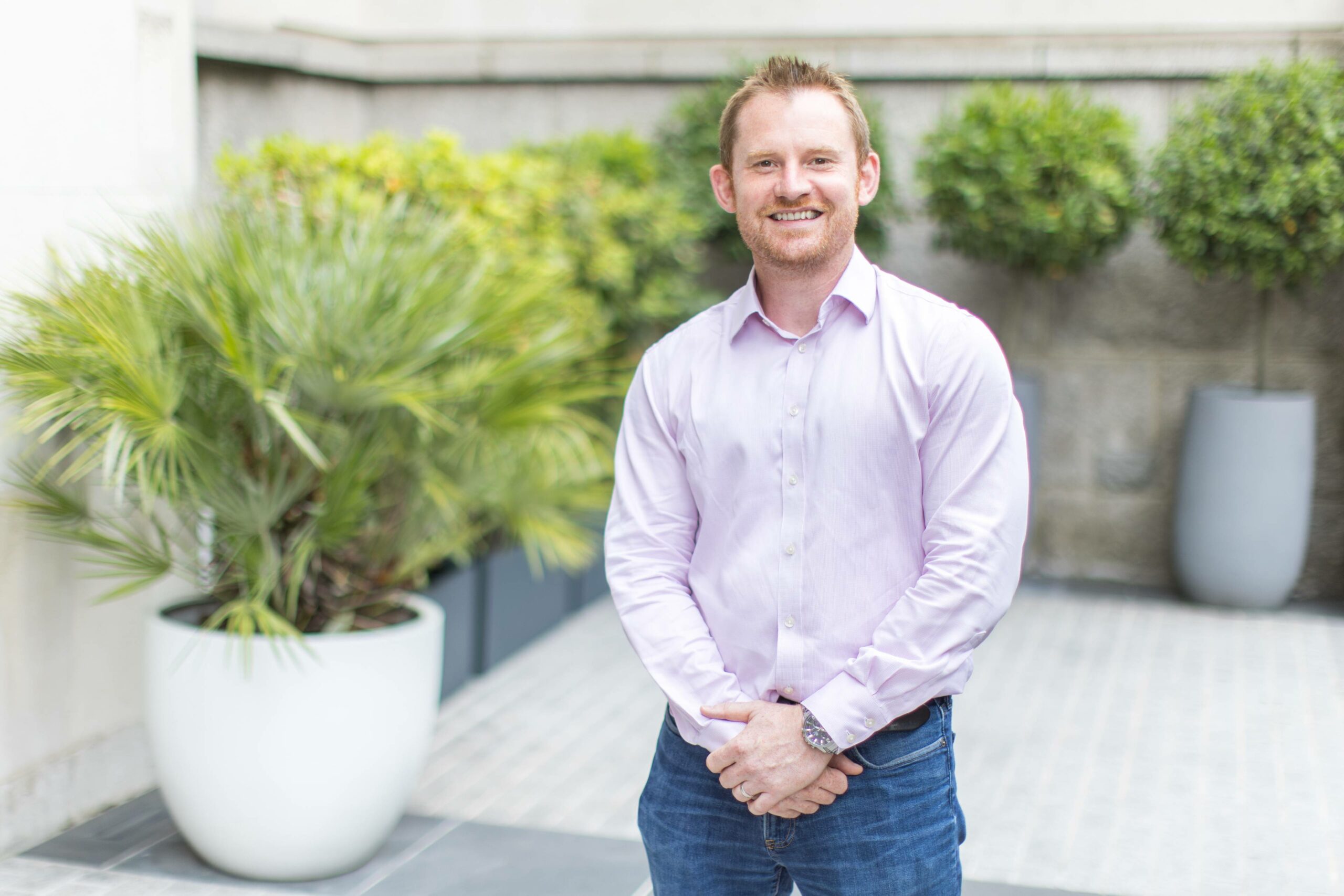In the realm of modern business, sustainability is no longer a mere buzzword but a core component of strategic planning. As environmental, social and governance (ESG) considerations increasingly influence corporate decisions, the spotlight turns to office design — a domain with largely unrealised potential for promoting sustainability. Unlocking these untapped design choices will afford businesses credibility in an increasingly eco-conscious world, and create more pleasant and sustainable working environments for colleagues.
Daniel Hunt, UK country head at European commercial interiors firm, Agilité, examines how businesses can leverage sustainable developments and innovative technologies to turn these ideas into reality.
Buildings are significant contributors to global greenhouse gas emissions – meaning sustainable office design is an imperative rather than an option. One of the major hurdles that prevents rapid progress in this area is the misconception that sustainable design is prohibitively expensive compared to traditional methods. Yet, many of these beliefs can easily be debunked, making way for actionable insights that combine sustainable, aesthetic and functional workplace design.

Debunking the high-cost myth of sustainable materials
Overturning misconceptions begins with understanding that sustainable design can be cost-effective in the long run. Energy-efficient lighting, heating, and cooling systems not only reduce a building’s carbon footprint but also lowers operational costs. Sustainable materials may be more expensive upfront, but generally offer lower running costs and high durability, offsetting initial investments. Functionality doesn’t need to be sacrificed on the altar of sustainability. The utilisation of energy-efficient fixtures and sustainable materials can coexist with a design that enhances employee wellbeing and productivity. A well-designed sustainable office can serve as a sanctuary that bolsters morale and fosters innovation.
Substituting generic materials with sustainable ones also presents inherent opportunities to enliven spaces with unique colours and textures. For decades, office spaces have been synonymous with bland concretes, cold metals, and soulless plastics, neither attractive nor sustainable. Meanwhile, numerous innovations have been made in the development of new and exciting alternatives. Chip[s]Board, for example, takes the concept of standard medium-density fibreboard and applies it to non-food-grade industrial potato waste to produce bioplastics. This material is non-toxic, biodegradable, has a low impact from manufacturing, and doesn’t involve mining for oil in nature reserves.
Here in the UK, design and engineering consultancy CALLUM has explored the possibilities sustainable materials born from food waste offer the automotive industry. Coffee pulp, lentils and eggshells, amongst others, can be transformed into attractive, colourful, and most importantly, sustainable, materials that could be utilised in car interiors.
Shifting office design to better suit people and planet
 My Italian counterpart at Agilité, Maria Luisa Daglia, explains how the pandemic has seen a widespread re-evaluation of the role the office plays in our working lives during an interview at MIPIM: “In the post-covid era, office spaces have been transformed, as more and more space is allocated to areas which encourage colleagues to share ideas and socialise — as opposed to operational functions. In turn, this is giving rise to an office model which is open to creativity and interaction.” This post-covid era gives us an unprecedented opportunity to revolutionise the sector and transform the very concept of the office. In combination with sustainable developments, the potential for change is only enhanced.
My Italian counterpart at Agilité, Maria Luisa Daglia, explains how the pandemic has seen a widespread re-evaluation of the role the office plays in our working lives during an interview at MIPIM: “In the post-covid era, office spaces have been transformed, as more and more space is allocated to areas which encourage colleagues to share ideas and socialise — as opposed to operational functions. In turn, this is giving rise to an office model which is open to creativity and interaction.” This post-covid era gives us an unprecedented opportunity to revolutionise the sector and transform the very concept of the office. In combination with sustainable developments, the potential for change is only enhanced.
Embarking on the journey towards sustainable office design involves practical steps. Conducting an energy audit can reveal opportunities for improvement, for instance, powering down temporary installations such as lighting can save up to five tonnes of CO2 emissions per year. Smart technology can assist with this, as can lowering on-site temperatures. We don’t have to freeze either, according to the BBC the UK alone has the potential to save 1.18 million tonnes of CO2 per year by turning down thermostats by just 1°C.
ESG and cultivating a culture of sustainability
Engaging with colleagues ensures that sustainability becomes part of the company culture. Here at Agilité, our recent B Corp certification has helped to galvanise our team on our continuing sustainability journey. It’s great to see our ESG goals become a point of pride for our team, rather than simply another box to tick. In addition, collaborating with external stakeholders, including designers and suppliers committed to sustainability, can yield a workspace that embodies corporate values without compromising on design. Agilité uses its diverse European teams and their insights to leverage local suppliers, optimising deliveries and using greener logistics where possible.
Prioritising sustainability in office design is a strategic move that aligns with modern ESG principles. Improvements can always be made, every step of the way. From the initial design phase to the execution of the project on-site, through to the everyday use of the space, rethinking how we design and use our office spaces gives us an incredible opportunity to make a significant impact. By debunking misconceptions, balancing functionality with sustainability, and taking practical steps towards change, companies can create workspaces that are both environmentally responsible and visually compelling.

Daniel Hunt is the UK country head at Agilité – a European commercial interiors specialist helping ambitious organisations enter, relocate or expand throughout the continent.
Content Team
Work in Mind is a content platform designed to give a voice to thinkers, businesses, journalists and regulatory bodies in the field of healthy buildings.







